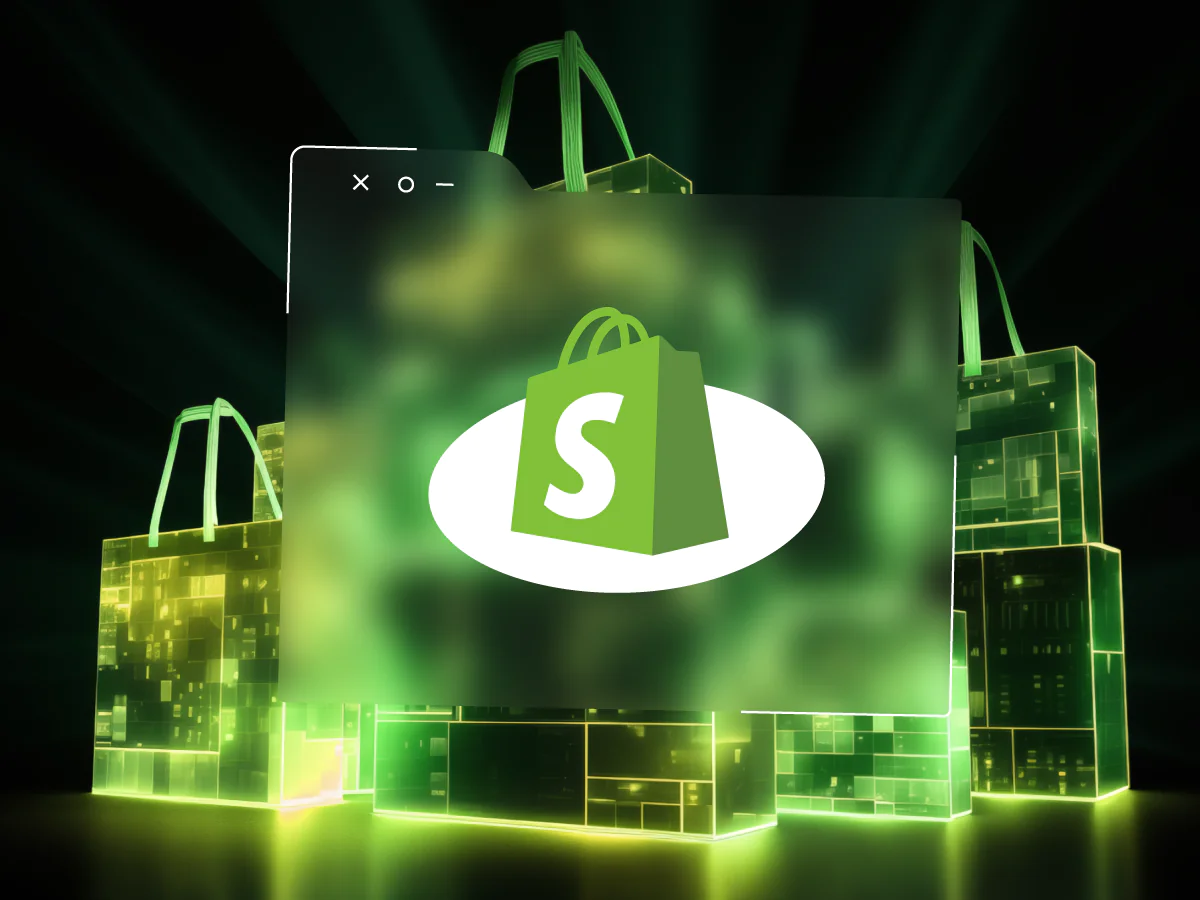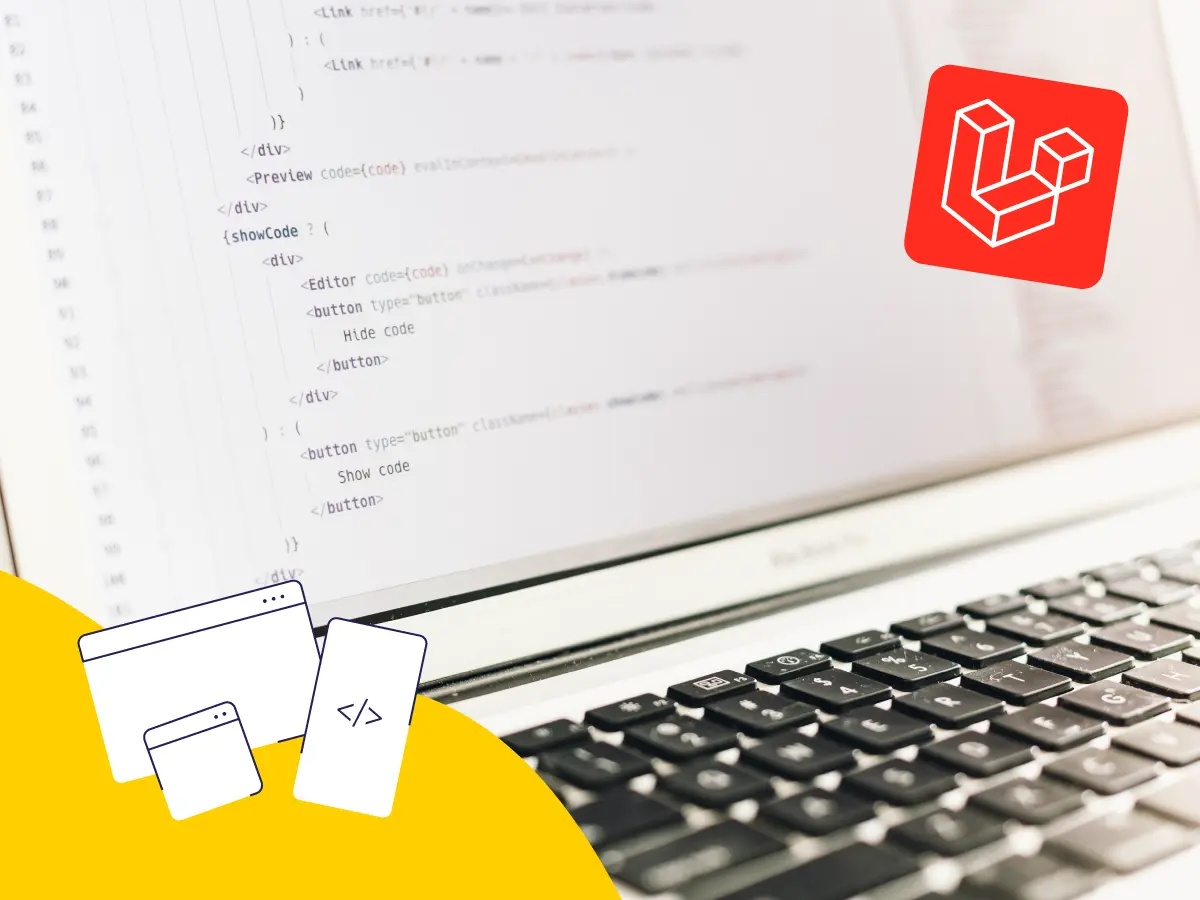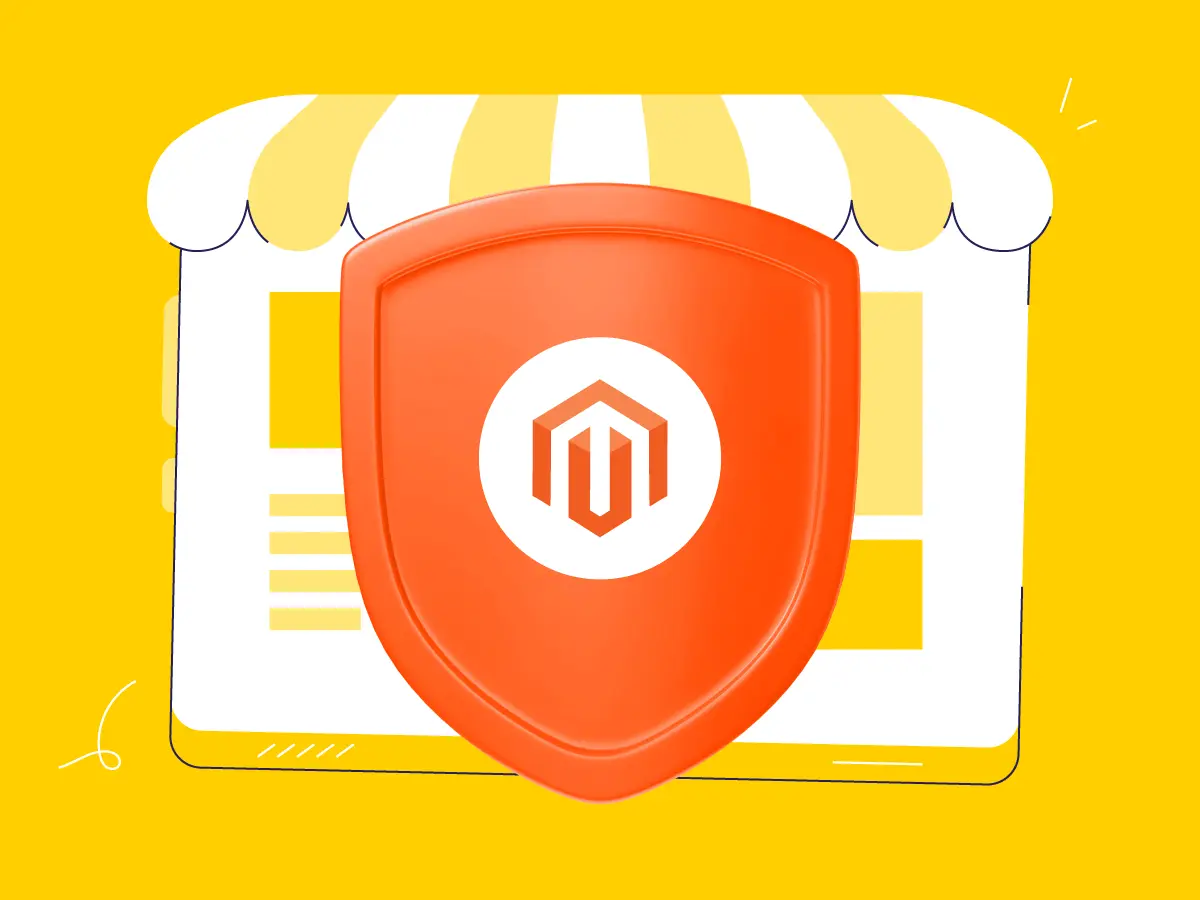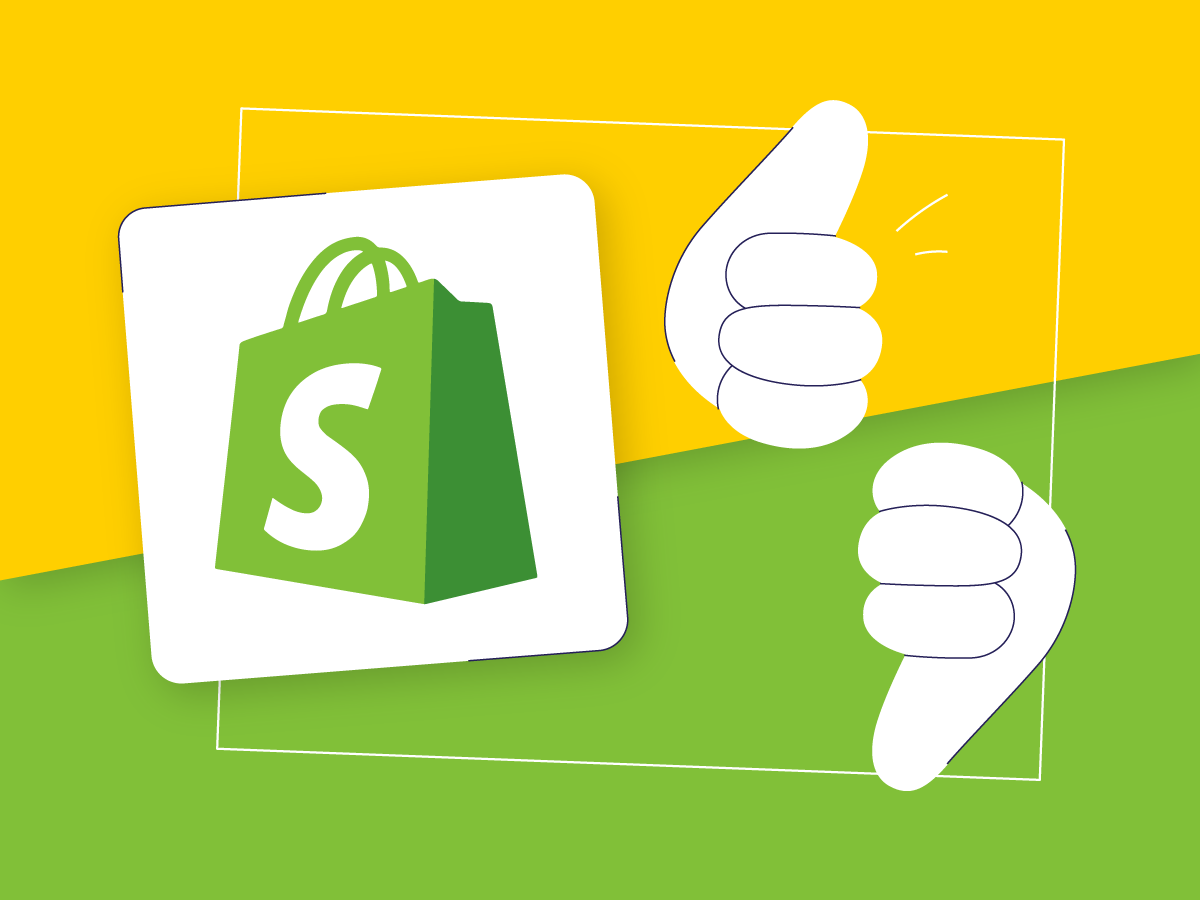When you outsource IT, you can customize solutions to fit your needs. Hiring and keeping a local IT team is often too expensive for many businesses. Outsourcing is a cheaper option that lets companies assign tasks as needed. This not only helps you grow your IT capabilities but also focuses more on business growth than on managing staff.
There are various pricing models for outsourcing. It’s important to look at these models to find the best fit for your needs.
Outsourcing pricing models: a quick look at the numbers
Statista reports that in 2023, the outsourcing market soared to over $460 billion. This trend indicates that more companies are turning to external providers, especially for IT services. And in 2024, IT outsourcing is expected to reach $541.10 billion.

Outsourcing can greatly improve how a company handles technology, staffing, management, and budgets. It also helps build lasting partnerships with agencies that contribute to long-term success. Moreover, it enhances operational control, risk management, and continuity within the company.
Before we dive into the analysis of outsourcing types, we have something else useful for those who are planning to create a custom website for their store.
The budget issue is quite important in this case, isn’t it? You might even be thinking about it like: “It’s too expensive”.
We’ve made a detailed analysis of what determines the price of developing a custom website and published an article. Enjoy reading it!
Best IT outsourcing models for your business
Planning your IT outsourcing is crucial. It means deciding how much and what type of outsourcing fits your business’s specific needs, industry, and projects. The most flexible outsourcing models are often the best, as they allow businesses to adapt and grow.
In the following sections, we’ll consider the 10 most popular software outsourcing models. Each of them has its benefits and drawbacks, but all aim to give your company a competitive edge without the need to hire more local staff.
Fixed price model
This model has a straightforward approach: the service provider charges a set rate, usually monthly. Success in this model depends on the provider knowing exactly what to deliver. This means the hiring company must clearly define all project details upfront.
Requirements usually include:
- Detailed project scope.
- A complete record of included elements.
- Agreed-upon fixed price.
- Milestones for deliverables.
Fixed price models work well for startups with tight budgets because they help control costs upfront. However, this can sometimes mean lower service quality. The rigid nature of this model may not suit projects that need flexibility or are likely to evolve.
Time and Material (T&M) model
The Time and Material (T&M) pricing model charges based on the actual hours worked and materials used in a project. This approach is often cheaper than fixed-price models because businesses only pay for the resources they use.
Pros:
- The pricing is clear and helps ensure that all development needs are met efficiently.
- Offers flexibility, allowing changes as the project progresses without a strict scope.
- Tends to provide higher quality service due to the lack of tight deadlines. So, you can focus on details.
- Flexible budgeting attracts skilled developers and keeps costs transparent.
Cons:
- It can be hard to judge a developer’s skills during the hiring stage.
- Best suited for long-term or changing projects; may not work well for fixed or short-term needs.
This model is favored by companies that prioritize flexible and adjustable development work and have a set budget for it.
Staffing model
In this model, the service provider supplies IT staff who work directly under the client, based on specific project needs. These developers become part of the client’s team, fostering direct collaboration.
The staffing model is ideal for businesses that require specific expertise but want to avoid the complexities and time involved in traditional hiring processes.
Cost-plus outsourcing model
It’s often called the “open book” approach and is great for clients who value transparency. It shows clearly how funds are used, and what kind of staff the service provider is hiring. That’s why this it is one of the most popular outsourcing models now.
Pros:
- Manages the relationship between the client and developer smoothly.
- Clients can set expectations for quality and be involved in hiring, ensuring that the work meets their standards.
- Clients have a say in how much staff are paid, influencing team quality.
- Encourages teamwork and aims to put together the best group possible.
Cons:
- May lead to longer project timelines.
- Requires a long-term commitment from clients and planning.
- Best for big, ongoing projects that might change over time.
This model is flexible and cost-effective, suitable for companies looking for a collaborative and innovative approach to outsourcing. It connects businesses with skilled developers efficiently.
Incentive-based pricing model
This model offers bonuses to the outsourcing partner for meeting specific goals, on top of the original contract terms. It’s popular among businesses that want to motivate their teams to excel.
This approach works well for companies that want to encourage their vendors to go above and beyond basic expectations.
Profit-sharing pricing model
This outsourcing model is a popular choice where service providers are rewarded based on how much they boost the client’s business value. This ties their success directly to the client’s success.
Pros:
- Providers have a strong incentive to exceed expectations, as their rewards are linked to their performance.
- Builds a trusting relationship that allows for greater freedom and mutual respect.
Cons:
- Trust is essential, and any breach could cause significant issues.
- It can be difficult to define and agree on what counts as success, particularly with external influences.
This model is ideal for clients who want significant business growth and a solid partnership with their outsourcing provider.
Shared risk-reward pricing model
In this model, both the service provider and the client invest together in developing new solutions or services, sharing both the workload and the benefits.
This software outsourcing model is suitable for clients ready to share both the upsides and the risks of a project. It involves a strong management team that is committed to working closely with the service provider.
Performance-based pricing model
This model rewards service providers for hitting specific results, milestones, or performance metrics. It involves careful negotiation to set clear terms that both sides agree on.
Pros:
- Highly motivating, it rewards great performance and penalizes poor outcomes.
- Generally leads to quality work because payment depends on performance.
Cons:
- Needs a lot of client oversight to ensure metrics are met.
- Penalizing underperformance can create tension and reduce trust.
Often chosen by larger companies that don’t focus on building strong relationships with providers.
Mixed-mode model
Ideal for projects with uncertain requirements but set timelines, it blends Fixed Price and Time & Materials approaches.
Pros:
- Helps manage costs effectively.
- Gives clients better control over project timelines.
Cons:
- Vague or changing requirements can disrupt the project.
- Requires clients to clearly define requirements and closely monitor their service providers.
This business model for outsourcing works well if you prioritize meeting deadlines over detailed project goals. It’s best suited for companies with a capable management team prepared for intensive oversight.
Pay-per-unit outsourcing model
This model lets clients pay based on how much service they use. Pricing is determined for each unit used.
This model is best for companies with fluctuating service needs.
How to choose the best outsourcing pricing model for your business
When selecting IT outsourcing models, understanding the options and how they align with your needs is key. Here’s how to choose the right one for your business:

Look at the project’s scope and requirements
If the project has clear goals and fixed outcomes, a fixed-price model might be ideal. If the project could change during its life, consider a time and material (T&M) or dedicated team model.
Think about your budget and what you aim to achieve financially
A fixed-price model works well for strict budgets. If you’re focusing on quality and can be flexible with spending, look at performance-based or consumption-based models.
Assess how much risk you’re willing to take on
If you prefer to minimize your risk, a fixed-price model is a good choice. If you want control over the project’s direction, a T&M or dedicated team model could be better.

Consider the skills your project requires
If it needs specialized expertise, a dedicated team or T&M model may be necessary. For simpler projects, a fixed price model could be sufficient.

Evaluate the service provider’s experience and reputation
Choose someone who has completed similar projects and has a good reputation. Ask for references and case studies to confirm their ability to deliver quality work.
Why choose Alva Commerce for outsourcing services
When seeking an ideal outsourcing solution, consider the benefits of IT outstaffing at Alva Commerce. Our approach gives you the specialized skills you need without the usual hiring risks. Here’s why Alva Commerce stands out:
Top-tier talent at your fingertips
You access elite IT professionals ready to enhance your project. These specialists work exclusively on your project, ensuring it’s handled by the best in the industry.
Time and cost savings
Outstaffing with Alva Commerce cuts out lengthy recruitment processes and high costs of a full-time workforce.
Effortless dynamic scaling
Our outstaffing model lets you easily scale your team size up or down as project demands change. This flexibility helps you adapt quickly without the hassle of traditional hiring.
Quick and easy onboarding
Our onboarding process is quick and hassle-free. From the initial consultation to the final paperwork, we streamline the steps to get your team up and running swiftly.
Focus on core business activities
By outsourcing IT challenges to Alva Commerce, you can focus on your core business activities. Let us handle the technical complexities while you grow your business.
Minimized risk
With our experienced professionals on board, you can reduce the risks of project management and execution.
Tailored solutions
We consider your specific business requests to provide effective end-to-end services. Our approach is client-oriented, ensuring we meet your unique needs with precision.
To wrap it up
Choosing the right outsourcing pricing models is key to your business’s success.
Each model has its benefits and drawbacks, but all aim to offer cost-effective solutions.
No matter what price model you choose, the goal is to match the model with your project’s scope, budget, and risk level.
Outsourcing with a trusted partner like Alva Commerce gives you access to top talent, cost savings, and customized solutions. By letting us handle your IT challenges, you can focus on growing your business.










